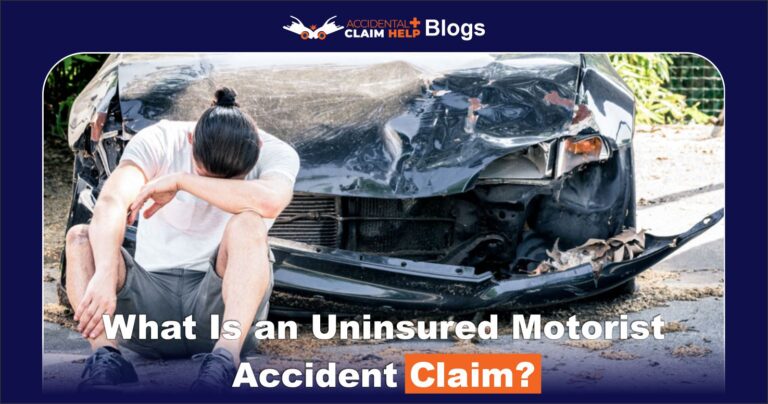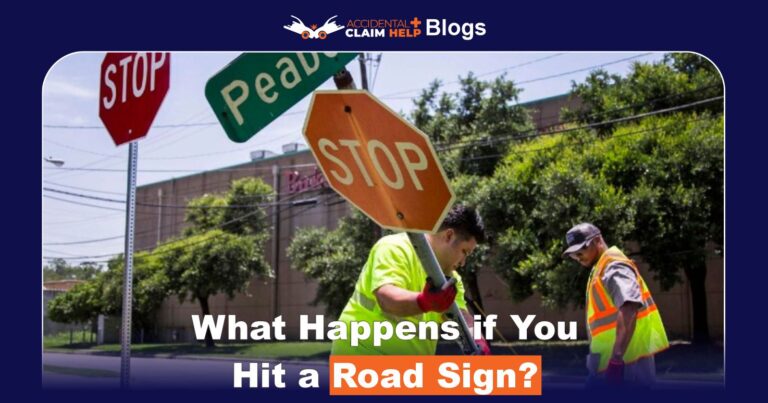What Does Gap Insurance Cover? A Comprehensive Guide
Gap insurance or Guaranteed Asset Protection (also called auto insurance gap protection or a GAP waiver) is an optional add-on coverage…
Stay informed with our collection of expert-written blogs on accident claims, personal injury cases, and insurance guidance. Whether you’ve been in a car accident, suffered a workplace injury, or need help navigating the claims process, our articles provide clear, practical advice to help you protect your rights and secure fair compensation. Updated regularly with tips, legal insights, and real case examples.

Gap insurance or Guaranteed Asset Protection (also called auto insurance gap protection or a GAP waiver) is an optional add-on coverage…

To get car insurance for the first time, check your state’s required coverage, gather your personal and vehicle details, and compare…

On average in the U.S., insuring a newly licensed 16-year-old driver is very expensive – typically several hundred dollars per month….

If you aren’t at fault for an accident or injury, your liability insurance generally won’t pay for your damages. Liability insurance…

When you get into a car accident, the consequences can be more than just physical injury and vehicle damage. One serious…

An uninsured motorist accident claim is a claim you file with your own insurance when you’re injured or your property is…

Artificial intelligence (AI) is rapidly transforming how personal injury claims are handled in the United States. Insurers now use AI-driven algorithms…

A wrongful death claim is a civil lawsuit filed when someone’s death is caused by another person’s negligent or wrongful act….

If you hit a road sign, you must stop and report the damage; failing to do so can result in fines…

Workers’ compensation generally covers injuries and illnesses that are work-related – meaning they happen in the course of your employment and…

A health insurance claim is essentially a detailed invoice or “application for benefits” submitted to an insurer after you receive medical…

Getting into a car accident is stressful. But when you realize it was your fault, things can feel even worse. In…